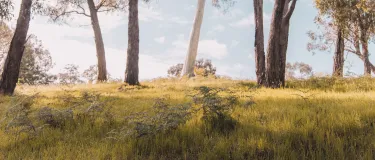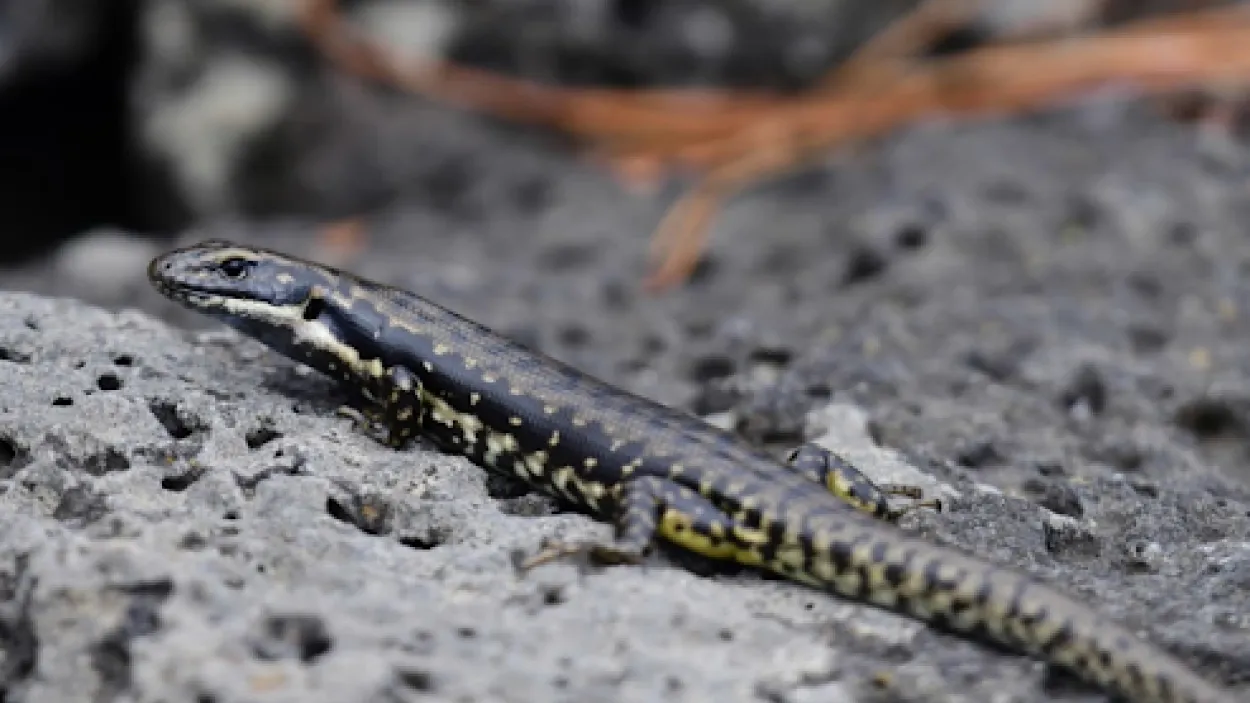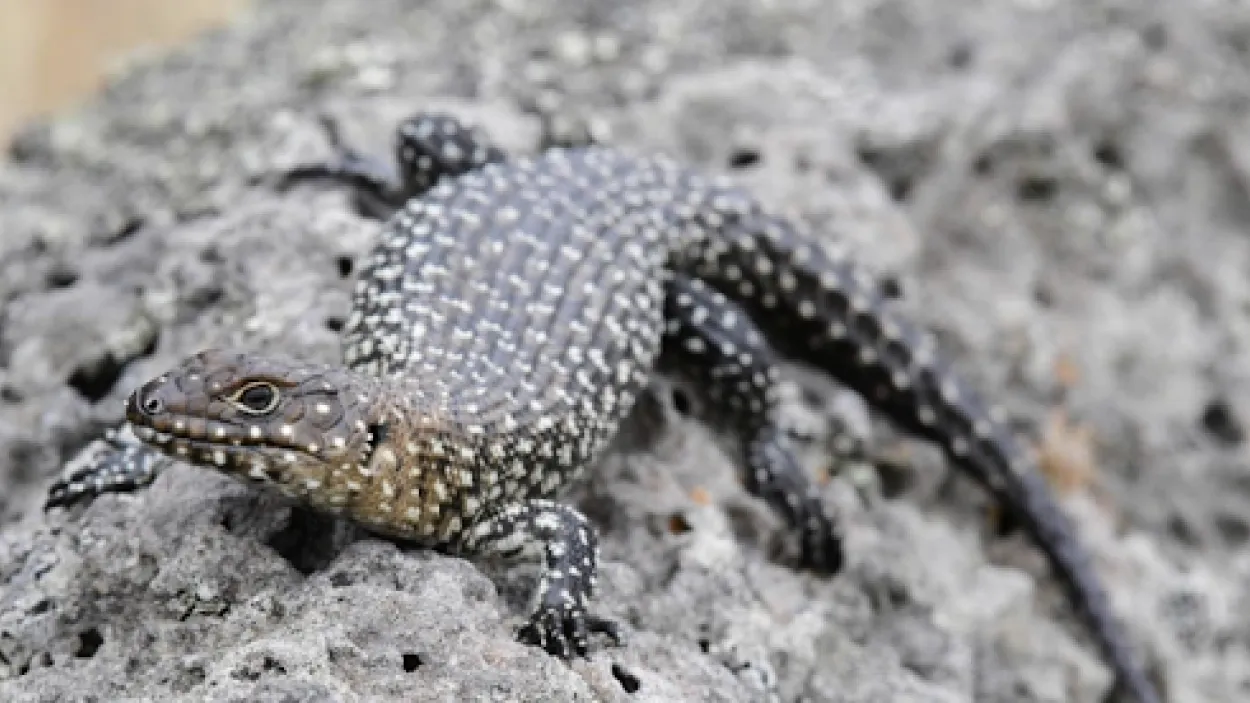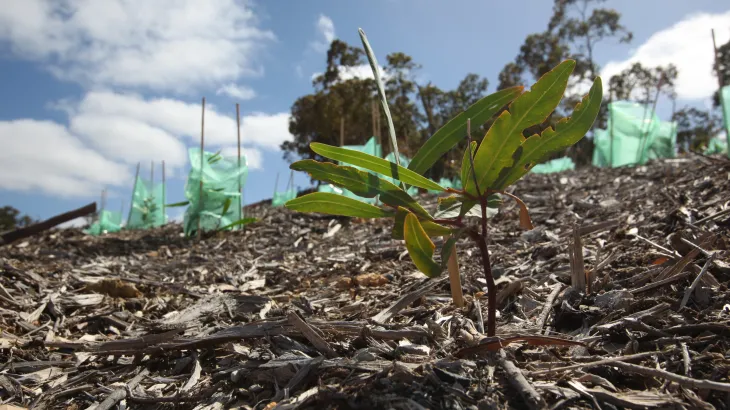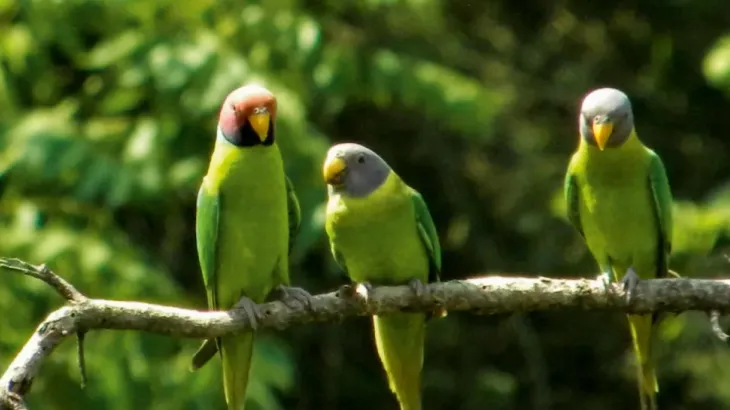Increasing the habitat for the endangered Corangamite Water Skink
On UN World Wildlife Day, we are celebrating the world’s wild animals and plants and the contribution that they make to our lives and the health of the planet. At our Colac Quarry in Victoria, the local endangered Corangamite Water Skink numbers are rising, supported by a larger available habitat as our quarry management plays its role in tackling biodiversity loss and degradation.
At Holcim, we are committed to making a measurable positive impact on biodiversity backed by science-based indicators on our sites and managed land, helping to protect natural ecosystems and the livelihoods of those in neighbouring communities.
The team at our Colac Quarry, 150 kilometres south-west of Melbourne, has been monitoring the Corangamite Water Skink for ten years as part of our commitments under the Environment Protection and Biodiversity Conservation Act, 1999 (EPBC Act). The skink species is listed as endangered under the EPBC Act and is the only water skink to occur in the naturally treeless grasslands of south-eastern Australia.
Under the quarry’s approved plans, further monitoring, salvage and relocation works have created optimal conditions for the Corangamite Water Skink. The extraction of rock and inundation of disused quarry pits has enabled the population to expand from the margins of Lake Colac.
The Corangamite Water Skink can and does swim, but usually takes refuge in deep gaps and fissures in rock piles.In the longer-term, exhausted areas of the quarry will form a complex of permanent rocky wetland. We already see the capacity of the Corangamite Water Skinks to colonise such areas around the northern pit lakes of the quarry. Monitoring shows that the Lake Colac population of the skink is now centred on the habitat created at Holcim’s Colac Quarry.
By working with nature in a transformative, rather than traditional way, the Colac Quarry demonstrates how ongoing monitoring and an understanding of the wider landscape and context can enable a Federally listed and endangered species to flourish at an active quarry.
And on World Wildlife Day, ensuring a positive contribution to biodiversity and the communities who rely on nature for their livelihoods is something to celebrate.





